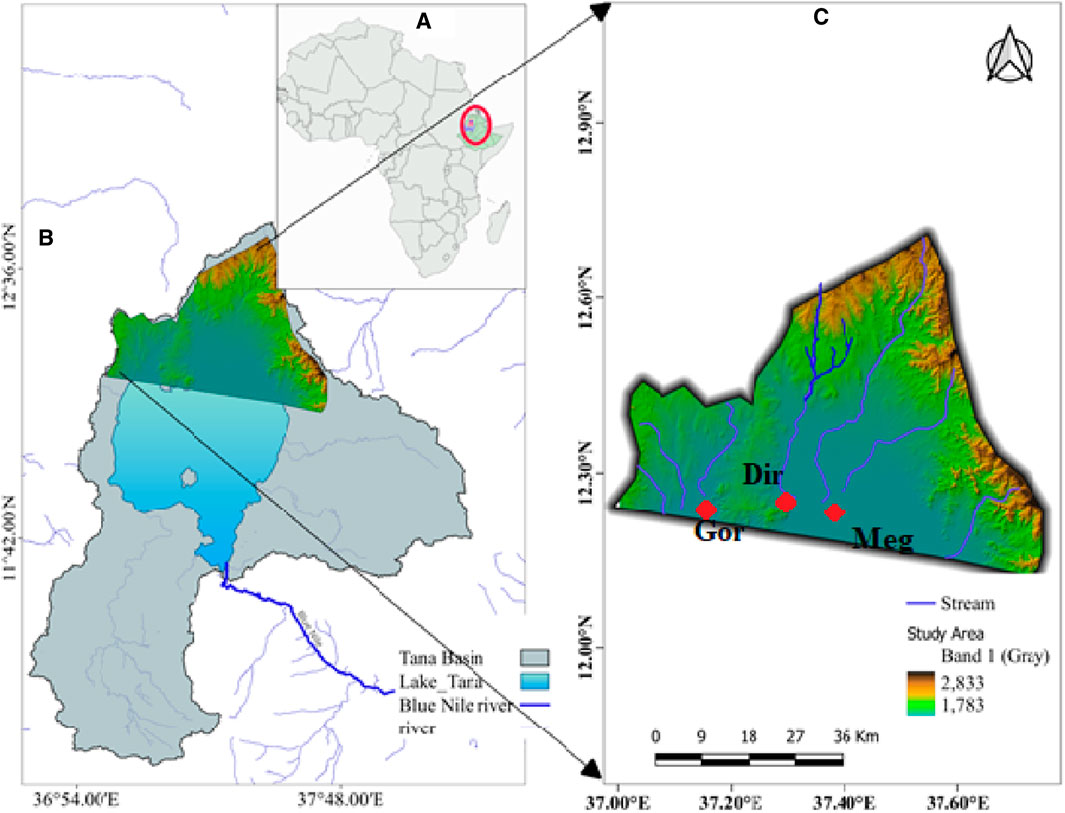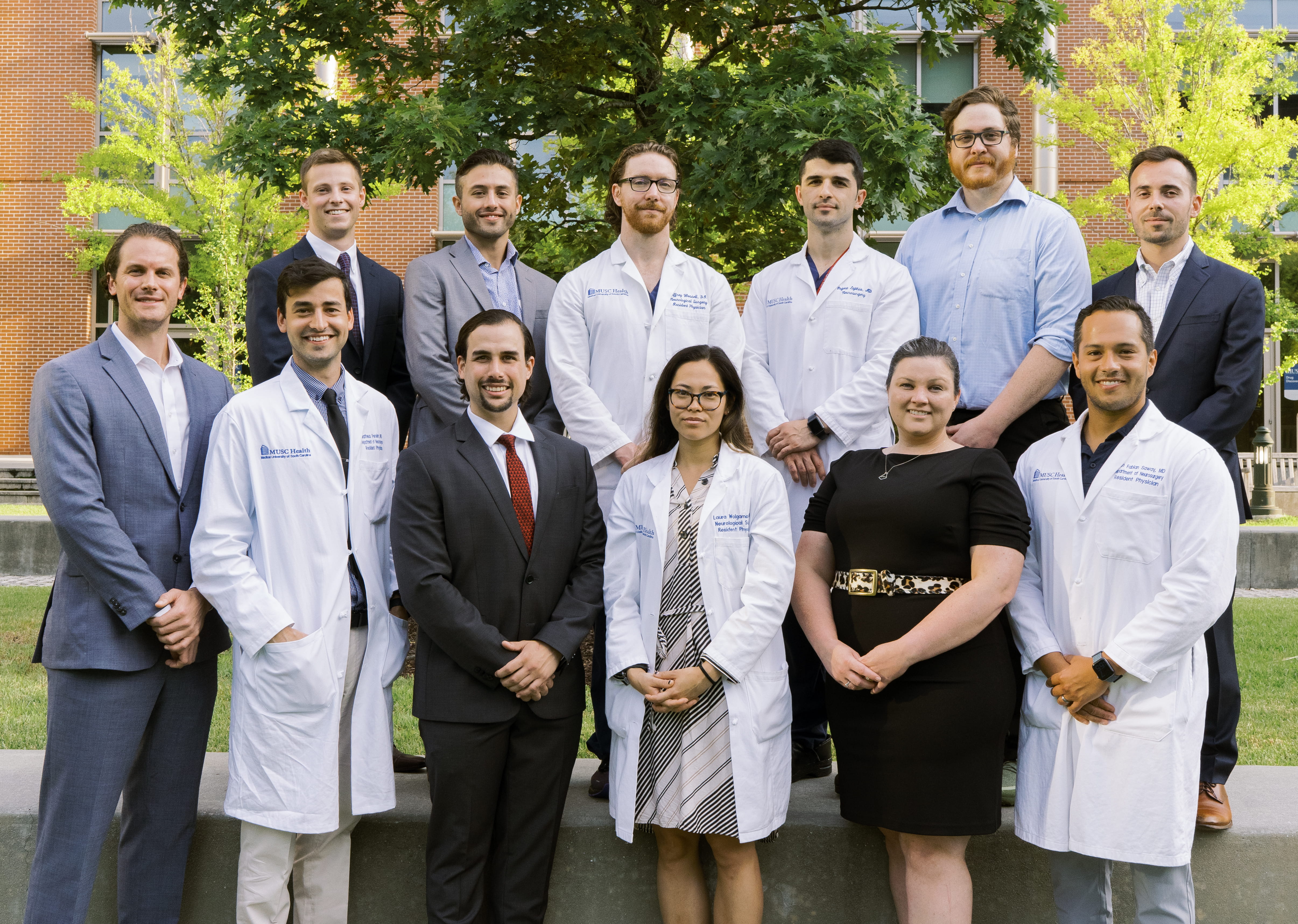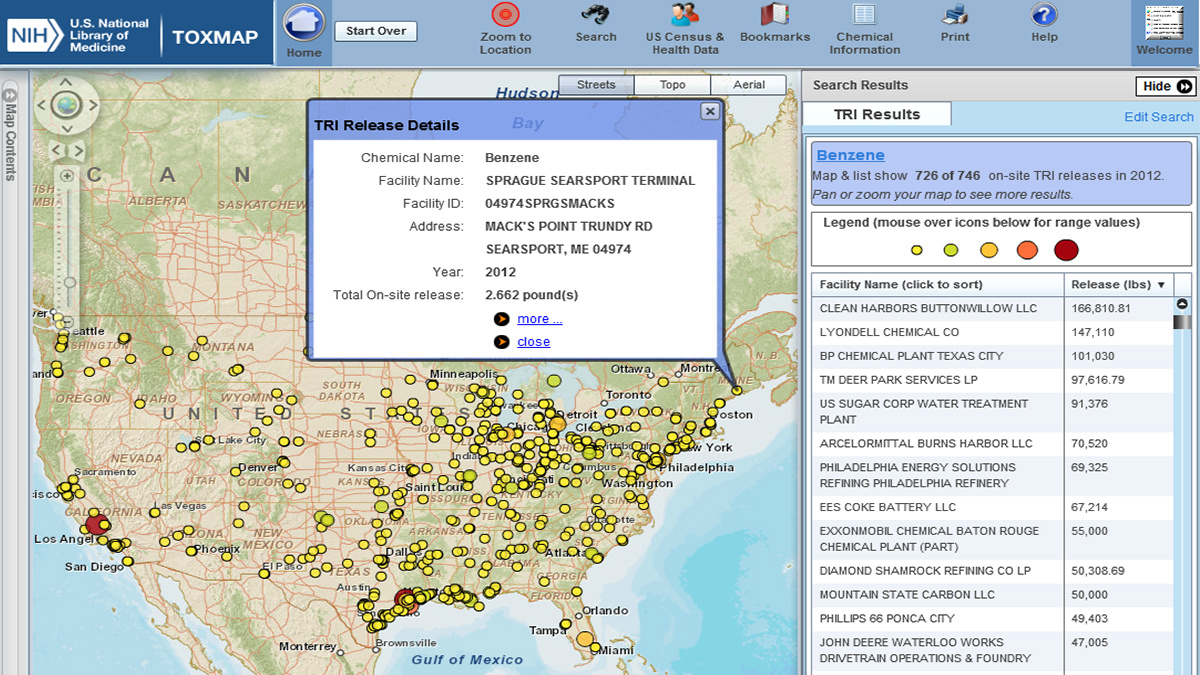Report on Groundwater Quality Analysis and Predictive Modeling at Baihetan Dam Site in Alignment with Sustainable Development Goals
This report details a comprehensive assessment of groundwater quality at the Baihetan Dam (BD) site. The study employs multivariate statistical analysis and advanced soft computing models to investigate factors influencing water quality and to predict key parameters. The findings are framed within the context of the United Nations Sustainable Development Goals (SDGs), particularly focusing on ensuring water security and promoting sustainable practices.
1.0 Introduction: Water Quality as a Cornerstone for Sustainable Development
Access to clean water is a fundamental requirement for economic development, public health, and environmental integrity, directly aligning with SDG 6 (Clean Water and Sanitation). In arid and semi-arid regions, the preservation of water resources is paramount for achieving broader sustainability targets, including SDG 2 (Zero Hunger) through water for agriculture, and SDG 3 (Good Health and Well-being) through safe drinking water. This study addresses the critical need for effective water resource management by:
- Evaluating groundwater suitability for drinking, agricultural, and industrial purposes.
- Utilizing innovative machine learning techniques, contributing to SDG 9 (Industry, Innovation, and Infrastructure), to model complex, non-linear relationships between water quality parameters.
- Identifying the primary natural and anthropogenic drivers of water quality degradation, providing a scientific basis for targeted interventions under Target 6.3 (improve water quality by reducing pollution).
The research focuses on predicting essential indicators such as Total Dissolved Solids (TDS), Electrical Conductivity (EC), and Sodium Adsorption Ratio (SAR), which are fundamental to assessing water suitability and ensuring the long-term viability of water resources for diverse applications.
2.0 Study Area: The Baihetan Dam Infrastructure Project
The Baihetan Dam, located on the Jinsha River in China, is the world’s second-largest hydroelectric project. As a significant piece of infrastructure, it contributes to SDG 7 (Affordable and Clean Energy). However, such large-scale projects demand rigorous environmental oversight to mitigate impacts on local ecosystems and water resources, a key aspect of SDG 11 (Sustainable Cities and Communities) and SDG 15 (Life on Land).
2.1 Geographical and Geological Context
The dam is situated in a tectonically active region with complex geology, primarily composed of basalt and sedimentary rocks like limestone and dolomite. These karst formations are known to influence water chemistry through dissolution processes, directly affecting groundwater quality. Understanding these geological interactions is crucial for managing the water resources upon which local communities and ecosystems depend.
3.0 Methodology: A Data-Driven Framework for Sustainable Water Management
A robust methodological framework was established to analyze water quality and develop predictive models, ensuring that management decisions are based on reliable scientific evidence. This approach supports the implementation of integrated water resources management as called for in Target 6.5.
3.1 Data Collection and Parameter Analysis
Sixty-six water samples were collected from 14 exploratory boreholes. A comprehensive suite of chemical and physical parameters was analyzed to assess water quality against various sustainability benchmarks:
- For SDG 3 & SDG 6 (Health and Drinking Water): Parameters were compared against World Health Organization (WHO) standards. Key ions analyzed included Ca2+, Mg2+, Na+, K+, Cl−, SO42−, and NO3−.
- For SDG 2 (Agriculture and Food Security): Indices such as Sodium Adsorption Ratio (SAR), Sodium Percentage (%Na), and Kelly Ratio (KR) were calculated to determine suitability for irrigation.
- For SDG 9 (Industrial Use): The Langelier Saturation Index (LSI) and Ryznar Stability Index (RSI) were used to assess the water’s corrosive or scale-forming potential.
3.2 Statistical and Intelligent Modeling
To identify the primary factors controlling water quality and to predict future changes, a combination of statistical and machine learning models was employed. This use of advanced analytics aligns with the innovation aspect of SDG 9.
- Principal Component Analysis (PCA): Used to identify the underlying factors (natural and anthropogenic) that explain the variance in water quality data. This is vital for developing targeted pollution control strategies (Target 6.3).
- Predictive Models: Several models were developed and compared to forecast EC, TDS, and SAR levels:
- Support Vector Machine (SVM) with various kernel functions
- Multilayer Perceptron Artificial Neural Network (MLP-ANN) with different training algorithms
- Random Forest Algorithm (RFA)
- Gaussian Process Regression (GPR)
- Multiple Linear Regression (MPLR)
- Model Evaluation: The accuracy of the models was rigorously assessed using metrics such as the coefficient of determination (R2), Root Mean Squared Error (RMSE), and Wilmot Agreement Index (WAI) to ensure their reliability for decision-making.
4.0 Results and Discussion: Implications for Achieving the SDGs
4.1 Water Quality Status and Fitness for Use
The analysis revealed that the groundwater at the BD site is of a hard, bi-carbonate type. The assessment of its suitability for various uses has direct implications for several SDGs:
- Drinking Water (SDG 3 & 6): The water meets WHO standards for drinking, indicating it is safe for human consumption.
- Industrial Use (SDG 9): The water was found to be highly corrosive based on LSI and RSI values, posing a challenge for industrial applications without prior treatment.
- Agricultural Use (SDG 2): The water quality was deemed suitable for irrigation purposes based on relevant indices, supporting local food production.
4.2 Identification of Water Quality Drivers
The PCA successfully identified four factors controlling 87.58% of water quality changes, providing critical insights for sustainable management:
- Factor 1 (55.12% variance): Dominated by salinity parameters (EC, TDS, SAR, Na+, Cl−, SO42−). This factor is linked to natural geology, ion exchange, and potentially human-induced pressures such as agricultural runoff (sulfate) and water withdrawals. This highlights a key area for management under SDG 6 and SDG 12 (Responsible Consumption and Production).
- Factor 2 (14.61% variance): Comprised of Ca2+, Mg2+, and K+, reflecting natural water-rock interactions, specifically the dissolution of carbonate minerals. This is a baseline condition to consider for SDG 15.
- Factor 3 (9.61% variance): Included HCO3− and NO3−. The presence of nitrate is a strong indicator of anthropogenic pollution, likely from agricultural fertilizers, posing a direct threat to achieving Target 6.3.
- Factor 4 (8.25% variance): Consisted solely of pH, indicating the influence of acidity/alkalinity on mineral weathering processes.
4.3 Performance of Predictive Models for Enhanced Governance
The modeling phase demonstrated the high potential of machine learning for water resource management. The key findings were:
- All models performed with high accuracy (R2 ≥ 0.97), but the Support Vector Machine (SVM) model with a Radial Basis Function (RBF) kernel was superior, achieving near-perfect prediction scores (R2 > 0.99, RMSE < 0.04).
- The Levenberg–Marquardt (LM) algorithm was the most effective training algorithm for the MLP-ANN model.
- Statistical analysis (Kruskal-Wallis test) confirmed that there was no significant difference between the values predicted by the models and the actual measured values, validating their use for practical applications.
The success of these models provides a powerful tool for water managers to forecast quality changes, enabling proactive rather than reactive management and supporting the principles of SDG 6.5 (integrated water resources management).
5.0 Conclusions and Recommendations for SDG Attainment
This study successfully characterized the groundwater quality at the Baihetan Dam site and demonstrated the exceptional capability of machine learning models, particularly SVM-RBF, in predicting key water quality parameters. The research provides a clear pathway for leveraging technology to support sustainable water management.
Based on the findings, the following recommendations are made to advance the Sustainable Development Goals:
- For SDG 6, 9, and 12: Given the water’s high corrosiveness, it is recommended that appropriate treatment measures be implemented before its use in industrial processes to prevent infrastructure damage and ensure responsible production patterns.
- For SDG 2, 6, and 15: The identification of nitrate as a key pollutant points to the need for targeted agricultural best management practices upstream of the dam to reduce fertilizer runoff, thereby protecting water quality and terrestrial ecosystems.
- For SDG 6 and 9: It is recommended that water management authorities adopt the validated SVM-RBF model as a cost-effective and highly accurate tool for routine monitoring and forecasting. This will enhance decision-making, optimize resource allocation, and support the long-term sustainable management of this vital resource.
The methodology and findings of this report can be adapted for use in other regions, contributing to the global effort to achieve clean water and sanitation for all and supporting a wide range of interconnected sustainability targets.
Analysis of Sustainable Development Goals (SDGs) in the Article
1. Which SDGs are addressed or connected to the issues highlighted in the article?
-
SDG 6: Clean Water and Sanitation
This is the primary SDG addressed. The entire article focuses on modeling and assessing groundwater quality variables to ensure the water is safe for various uses. It investigates contaminants, water properties, and management strategies, which are central to SDG 6.
-
SDG 3: Good Health and Well-being
The article connects water quality to human health. It mentions that contaminants like nitrate and ammonium pose health risks. By assessing the water against WHO drinking standards, the study directly contributes to ensuring public health and well-being.
-
SDG 9: Industry, Innovation, and Infrastructure
The research is conducted at the Baihetan Dam, a major piece of global infrastructure. The study also evaluates water suitability for industrial purposes and employs innovative technologies like machine learning (SVM, MLP-ANN, RFA, GPR) and advanced statistical analysis, promoting scientific research and technological advancement in water resource management.
-
SDG 2: Zero Hunger
The article explicitly evaluates the suitability of water for agricultural use by calculating indices like SAR, Na%, and RSC. Ensuring water quality for irrigation is crucial for sustainable agriculture and food security, which is a key component of this goal.
-
SDG 12: Responsible Consumption and Production
The introduction emphasizes the need for “optimal management of reservoirs’ water” and “efficient management and optimal utilization of water resources.” The study’s aim to create predictive models supports the sustainable management and efficient use of water, aligning with the principles of responsible resource consumption.
2. What specific targets under those SDGs can be identified based on the article’s content?
-
Target 6.1: Achieve access to safe and affordable drinking water
The study directly supports this target by assessing groundwater quality against World Health Organization (WHO) standards for drinking water. The conclusion that “the chemical parameters of the water meet the desirable drinking conditions” is a direct evaluation relevant to this target.
-
Target 6.3: Improve water quality by reducing pollution
The article identifies sources of contamination, such as “agricultural runoff and wastewater infiltration,” and analyzes a wide range of chemical pollutants (e.g., nitrate, sulfate, chloride). The modeling of these parameters is a step towards managing and improving water quality.
-
Target 6.4: Increase water-use efficiency and ensure sustainable withdrawals
The introduction highlights the importance of “optimal management of reservoirs’ water for drinking, agricultural, and industrial purposes.” The development of predictive models for water quality is a tool to enable more efficient and sustainable management of water resources.
-
Target 3.9: Reduce illnesses and deaths from hazardous chemicals and pollution
By identifying and measuring potentially harmful chemicals like nitrate and ammonium and assessing their health risks (“elevated nitrate levels in drinking water are associated with health risks”), the study contributes to the knowledge base needed to prevent water-related illnesses.
-
Target 9.5: Enhance scientific research and upgrade technology
The core of the article is the application of advanced technological and scientific methods (SVM, MLP-ANN, RFA, GPR) to solve a practical problem. This demonstrates an effort to enhance scientific research and use innovative technology for sustainable development.
-
Target 2.4: Ensure sustainable food production systems
The research assesses water suitability for agriculture by calculating specific indices like the Sodium Adsorption Ratio (SAR) and Kelly Ratio (KR), which are critical for maintaining soil health and ensuring sustainable irrigation practices.
3. Are there any indicators mentioned or implied in the article that can be used to measure progress towards the identified targets?
Yes, the article mentions and uses several quantitative and qualitative indicators that align with official SDG indicators.
-
Indicators for Water Quality (Target 6.3)
The article explicitly measures numerous chemical and physical parameters that serve as direct indicators of ambient water quality. These include:
- Concentrations of specific ions: Ca2+, Mg2+, Na+, K+, HCO3–, SO42-, Cl–, NO3–.
- Physical/Chemical properties: Electrical Conductivity (EC), Total Dissolved Solids (TDS), pH.
- Calculated water quality indices for agricultural and industrial use: Sodium Adsorption Ratio (SAR), Sodium Percentage (%Na), Residual Sodium Carbonate (RSC), Kelly Ratio (KR), Langelier Saturation Index (LSI), and Ryznar Stability Index (RSI).
These measurements directly contribute to tracking Indicator 6.3.2: Proportion of bodies of water with good ambient water quality.
-
Indicators for Drinking Water Safety (Target 6.1)
The comparison of measured chemical parameters against WHO standards provides a clear assessment of drinking water safety. The conclusion that the water is suitable for drinking is a qualitative assessment based on these quantitative indicators, relevant to Indicator 6.1.1: Proportion of population using safely managed drinking water services.
-
Indicators for Health Risks (Target 3.9)
While not measuring mortality rates, the article uses the concentration of harmful substances as a proxy indicator for health risks. The measurement of nitrate and ammonium levels, which are linked to health problems, serves as an early-warning indicator related to Indicator 3.9.2: Mortality rate attributed to unsafe water.
-
Indicators for Technological Innovation (Target 9.5)
The study itself is an indicator of progress. The development and successful application of advanced predictive models (SVM, MLP-ANN, etc.) with high accuracy (R2 > 0.99, RMSE < 0.04) serve as a qualitative indicator of enhanced scientific research and technological capability in the water management sector, relevant to Indicator 9.5.1: Research and development expenditure.
4. Summary Table of SDGs, Targets, and Indicators
| SDGs | Targets | Indicators Identified in the Article |
|---|---|---|
| SDG 6: Clean Water and Sanitation |
6.1: Achieve access to safe drinking water.
6.3: Improve water quality by reducing pollution. 6.4: Increase water-use efficiency. |
– Comparison of water parameters (Nitrate, TDS, etc.) with WHO drinking water standards. – Measurement of chemical pollutants (EC, TDS, Cl–, SO42-, NO3–) and identification of pollution sources (agriculture, wastewater). – Development of predictive models for efficient water resource management. |
| SDG 3: Good Health and Well-being | 3.9: Reduce illnesses from hazardous chemicals and water pollution. | – Assessment of health risks associated with contaminants like nitrate and ammonium in drinking water. |
| SDG 2: Zero Hunger | 2.4: Ensure sustainable food production systems. | – Calculation and analysis of water quality indices for agriculture (SAR, %Na, RSC, KR) to assess suitability for irrigation. |
| SDG 9: Industry, Innovation, and Infrastructure | 9.5: Enhance scientific research and upgrade technology. | – Application of innovative soft computing and machine learning models (SVM, MLP-ANN, RFA, GPR) for water quality prediction. |
| SDG 12: Responsible Consumption and Production | 12.2: Achieve the sustainable management and efficient use of natural resources. | – The study’s focus on “optimal management” and “efficient utilization of water resources” through predictive modeling. |
Source: nature.com







